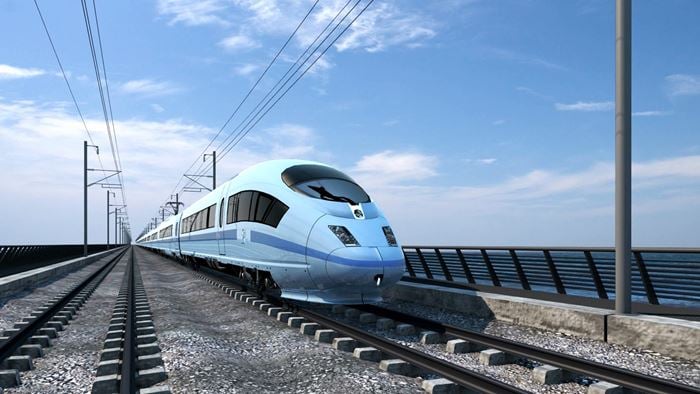The A303 Stonehenge scheme involves upgrading a single carriageway road to a high quality dual carriageway, including a 2.9km tunnel. We formed a joint venture with Atkins to help Highways England select the scheme’s preferred route. Together, we provided technical services including highway and tunnel design, environmental and geotechnical engineering. We also prepared a public consultation on options in readiness for a preferred route announcement.
The primary challenge faced by the assessment team was related to the sensitive location of the project. The A303 cuts across the 4,500 acre Stonehenge and Avebury World Heritage Site just 165 metres from the stones themselves. Any upgrades had to consider the impacts on the cultural historic environment. In addition, public consultation had to go beyond local communities and involve national and international stakeholders, including powerful heritage organisations such as the National Trust, Historic England and ICOMOS/UNESCO.
The team successfully accelerated the programme, saving one year on the standard duration of a Highways England options phase study, to meet the initial client target for start of construction in March 2020.
Project Summary
4,500acre World Heritage Site
2.9kmproposed tunnel length
An accelerated programme
With a target to deliver the options phase in just 20 months, collaborative planning, lean problem solving techniques and visual management boards were used. Our planning team produced an agile Stakeholder Engagement and Communications Strategy, which saved several months of planning compared to a typical feasibility programme. Achieving a preferred route announcement one year ahead of typical timescales translated into savings in the region of £5m on the contract cost and £50m of forecast construction cost.
“I cannot fail to be impressed by how well the team has collaborated in an exemplary manner to deliver all that has been asked of it....and more! ” Derek Parody Highways England, A303 Stonehenge Project Director
Valuing heritage benefits
At the heart of the economic analysis of the scheme was the assessment of societal impacts. Working with Simetrica, a specialist team of consultants and academics in this field, we applied contingent valuation (CV). This is a way of assessing monetary values for non-market goods by asking people about their willingness to pay (WTP) or willingness to accept (WTA) compensation for a particular change. By using this pioneering technique the team obtained a total net benefit of the scheme of £1.5bn compared with just £500,000 if cultural heritage impacts were not taken into account. This enabled the team to demonstrate that the scheme offered value for money.
Image: © Joseph Clemson
Development of tunnel alignment
A 2.9 km tunnel with approach roads within the heritage site was a central feature of the proposals put forward for options analysis.
To reach an acceptable route, the joint venture team led a ground investigation, archaeological field evaluations and drone survey. This identified several previously undiscovered important archeological features and influenced the final choice of the route through the western half of the heritage site.
The conceptual design of the tunnel brought together major factors including tunnel safety, environmental constraints and tunnel construction. Using our Tunnel Optimisation Tool (ToT), specifically created for this project, we managed to filter thousands of different tunnel alignment options to assist our engineers in selecting the optimum choice. Two viable safe methods of construction were identified: tunnels constructed with sprayed concrete linings, or using earth pressure balance tunnel boring machines. Both options took into account the unusual geological phosphatic chalk conditions on site. The joint venture partnership along with Highways England collaboratively developed construction programmes and cost estimates for each method.
Delivering strong stakeholder support
The planning team had to develop a fleet-footed Stakeholder Engagement and Communications Strategy (SECS) that secured support from the diverse set of stakeholders. The work on the alignment involved regular meetings with the client, construction advisors, Tunnel Design Authority and key stakeholders. Stakeholders included the National Trust, English Heritage, Historic England, Wiltshire Council and Wiltshire Fire Service. Almost 10,000 individuals and organisations responded to the consultation which used intelligently-applied narrative. The narrative was based on stakeholder analysis, clearly linked to the business case. These were delivered using social media, stakeholder “in their own words” videos, sound-lab projections and before-and-after imagery and displays.
 ;
;









